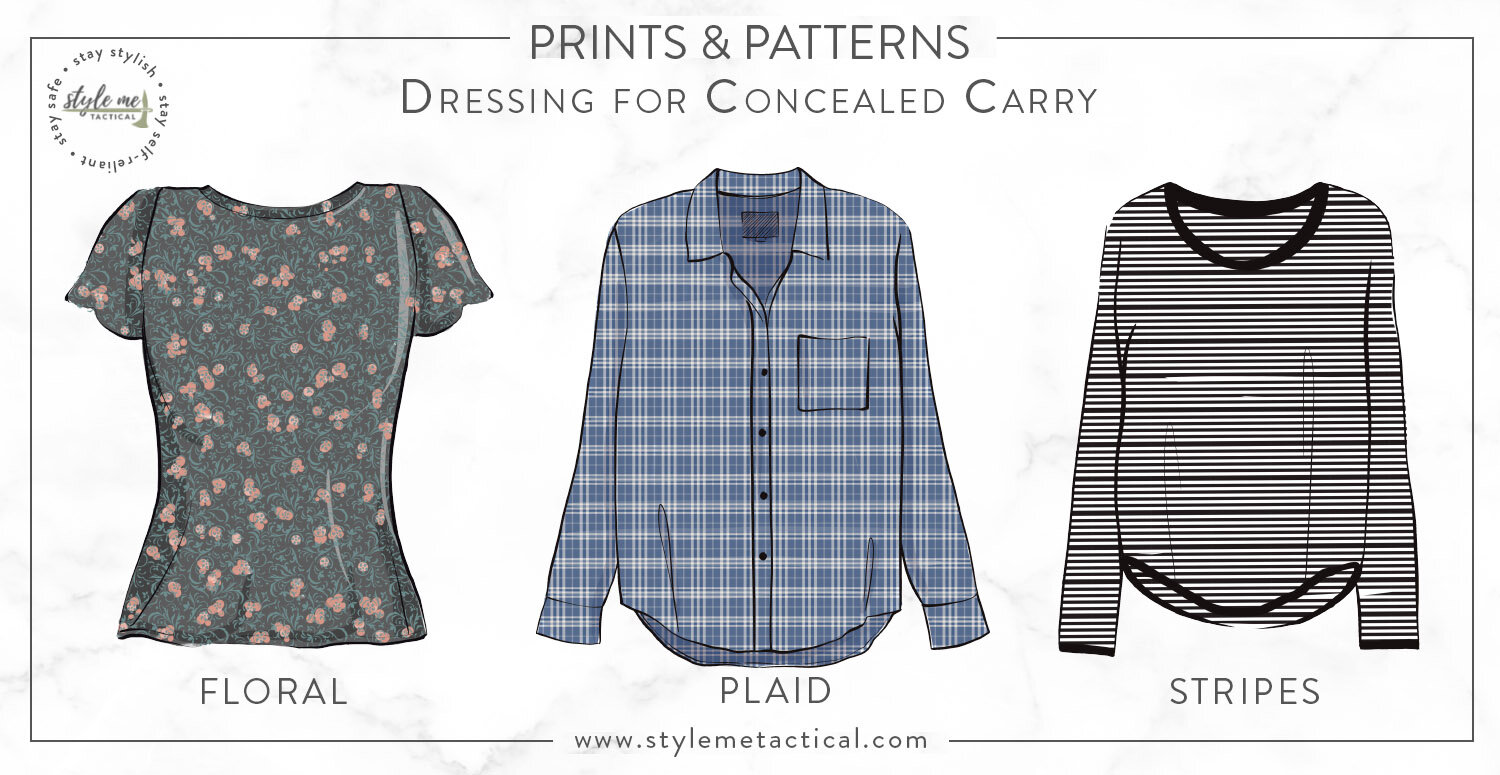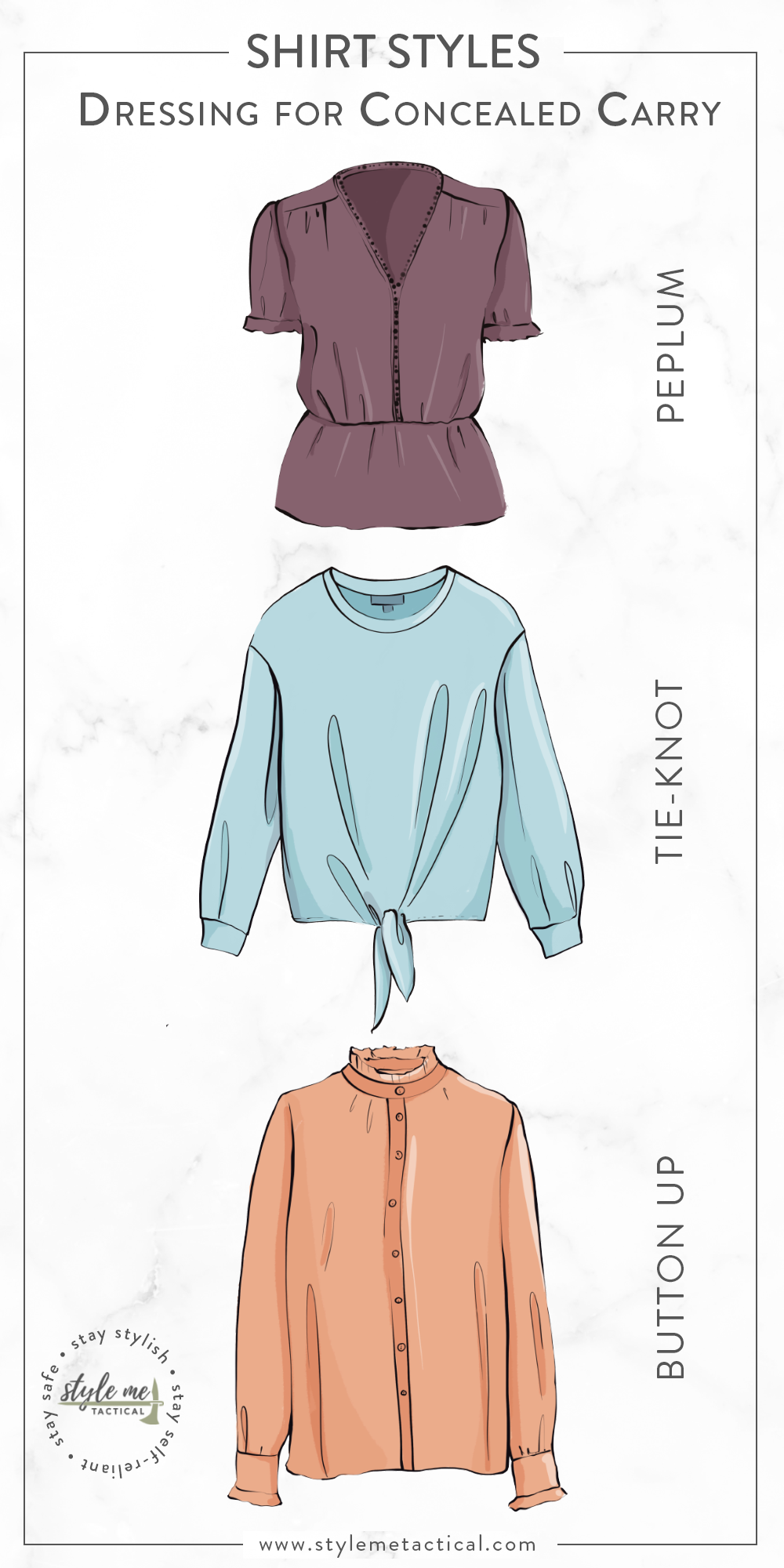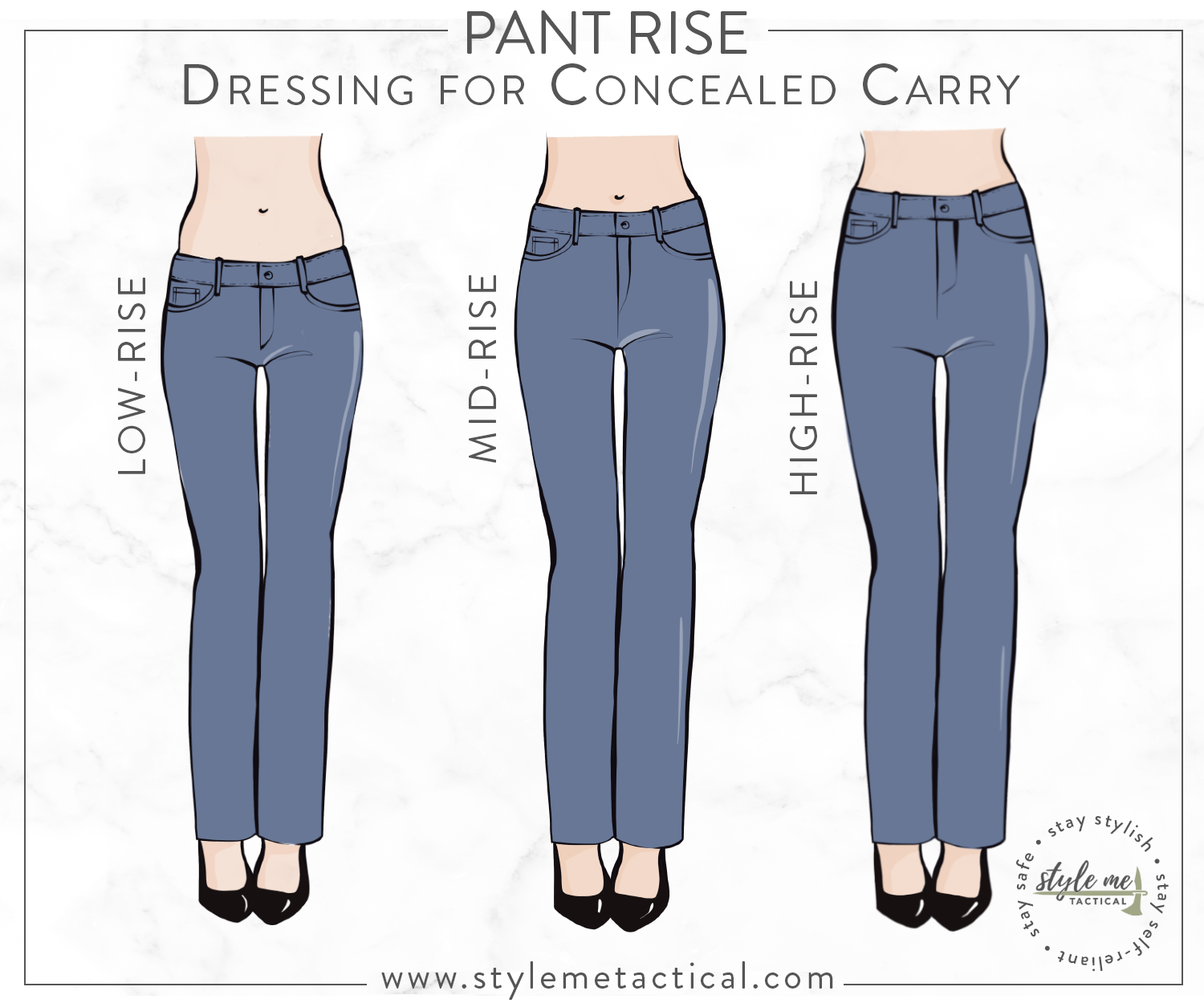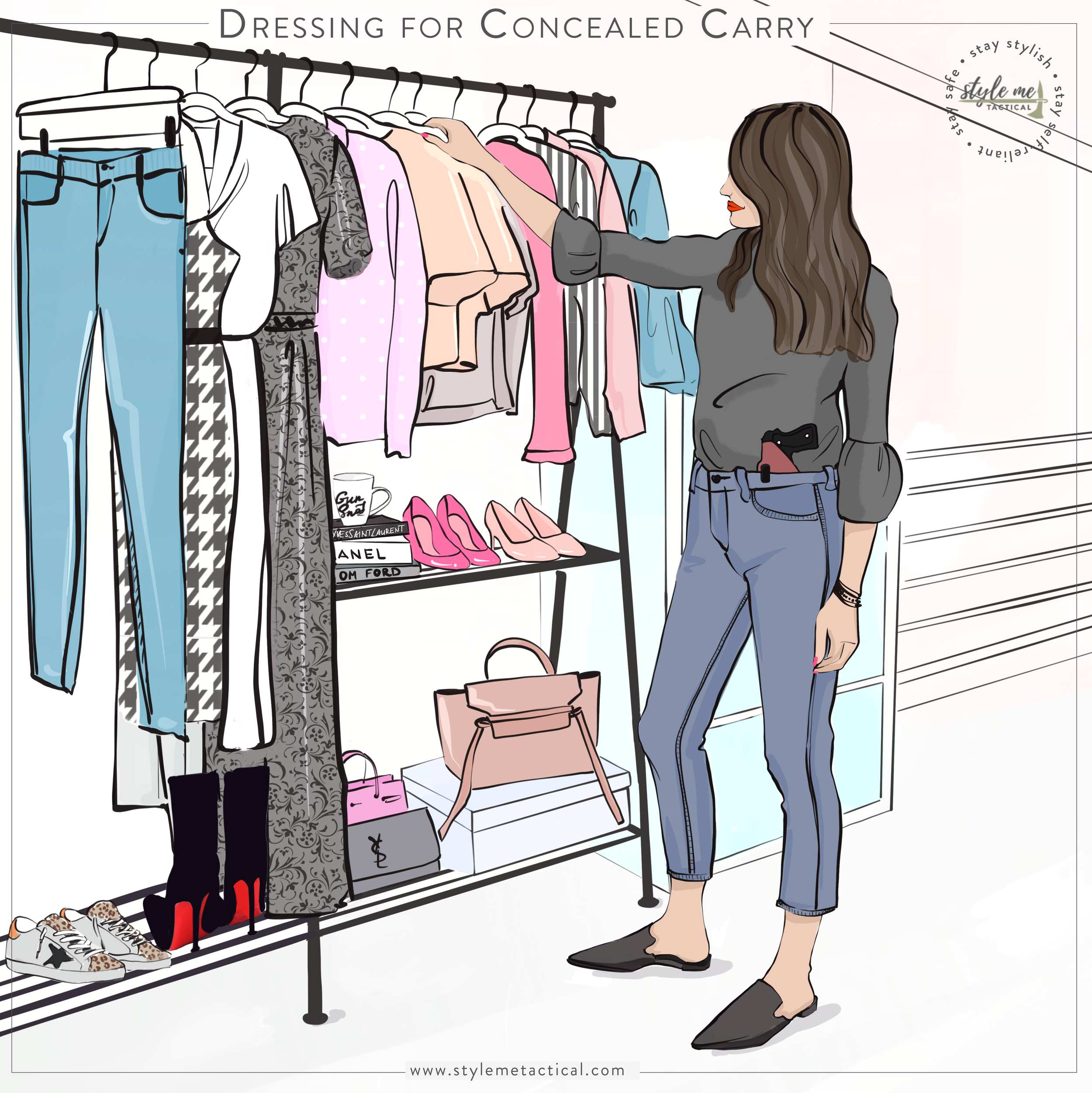Fabric Weight & Type
There is a season that is a favorite among the world of concealed carriers and that is winter. Why? Because it means thicker fabrics and more layers which makes concealing your firearm pretty easy. On the opposite side, during the summer months and in hotter climates, we naturally want to shed layers. So of course that means less pieces of clothing, lighter fabrics, and concealed carry starts to get a bit more challenging.
There are ways you can make dressing for concealed carry easier, like considering the weight and type of fabric of your clothing choices. When it comes to selecting fabrics, natural fibers always win. Not only due to the structure that the fabric has but also the role the fabric plays in comfort and breathability. They look good, feel good, and last longer.
A few natural fabrics to consider when selecting shirt styles for concealed carry are:
Cotton: The soft, natural fiber of cotton is such a great choice when selecting clothing. This versatile fabric allows air to circulate, is durable, and is easy to care for. It’s a soft fabric but still has great structure. Plus almost every style of clothing can be found made with cotton so you have a lot of choices.
Linen: Linen is natural and breathable fabric that works all year long and is specifically great for the hotter months. It’s durable, breathable, and comfortable; it checks all the boxes. Due to its fibers, linen is a bit rougher to begin with but only gets softer as you wash it. It’s also a stronger fabric, so it fits on the body in a very natural and relaxed way.
Silk: Silk is one of those fabrics that looks and feels luxurious; not only on the body but also against the skin. While this is a natural fiber, it can have a mind of its own especially in dry climates. It tends to generate static which could cause this fabric to cling to your firearm and cause printing. But this can easily be fixed with a good ol’ spray of some static guard or rubbing it down with a dryer sheet. Silk shirts typically have a satin or matte-like texture which is helpful in distracting the eye from any printing. The benefit of silk shirts when it comes to concealed carry is their structure, breathability, and how they drape on the body.
Wool: Wool is one of those natural fabrics that people either love or hate. Most don’t like it because it tends to be an itchy fabric. But did you know that there are various types of wool? So if you opt for a merino wool, which is a finer knit, it’s going to be a less itchy option. Wool is a great fabric for balancing body temperature as well. The way in which wool is woven gives this fabric its structure so you don’t need to worry about it hugging the lines of your firearm.
Cashmere: The higher end of sweater-type fabrics. It’s warm, soft, and due to the nature of their fibers most cashmere sweaters are less bulky than traditional wool sweaters. You get a warmer knit with a slimmer profile. Plus, you don’t get that itch-factor that comes along with wool. While cashmere is a bit of splurge, it will last you a lifetime when cared for properly. One of the benefits of cashmere is that it’s a fabric that is perfect to wear on its own or layered. Its knit is woven tight so it will keep you warm without weighing you down.
All these natural fabric types have their own type of structure (weight) to them that works well with concealed carry. Meaning they are the least likely of the fabrics to settle into the hard lines of your firearm. They each wear a little differently, and style also comes into play. While natural fabrics shouldn’t be overlooked, that doesn’t mean fabric blends and synthetics need to be ruled out. You can continue to wear your clothing styles made of blends and synthetics, it’s just when it comes to concealed carry, natural fibers help reduce some of the struggle.
No matter the season, if you stick with natural fabrics you’ll find that they are not only comfortable but will help make dressing for concealed carry easier. It’s all about making good choices with your clothing to set you up for success. These natural fabrics provide excellent concealment on their own or when layered.

















